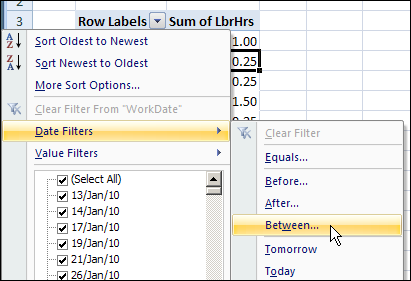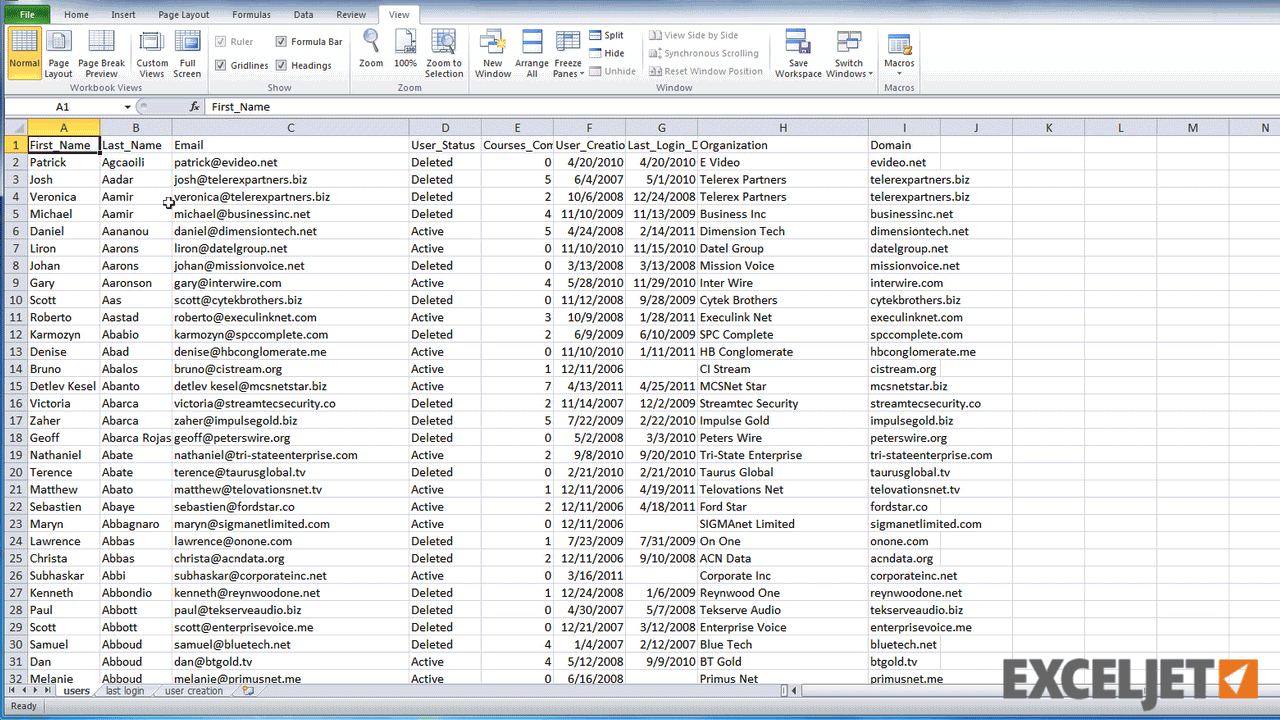
If not, right-click the slicer > Report/Pivot Table Connections, and check the boxes for both pivot tables on this sheet.


3 Ways to Display the Filter Criteria on the WorksheetĮven though there is no built-in way to display the filter list, I have 3 simple workarounds that can be implemented pretty quickly. This is time consuming, and can also cause confusion for readers and users of our Excel files. There is no way to see what items the pivot table is being filtered for unless we open the filter drop-down menu and scroll through the list. However, when we filter for more than one item, the cell that contains the filter drop-down menu displays the phrase “(Multiple Items)”. We can check the Select Multiple Items box in the filter drop down menu to filter the pivot table for multiple items in the field. This is a great way to filter the report to only see data for certain time periods, categories, regions, etc. The Filters area of the pivot table allows us to apply a filter to the entire pivot table.


#Excel for mac pivot chart filter download#
Ive followed all the steps up to creating and linking the slicer.īut when I click on one of the slicer buttons, there isnt any filtering taking place on either of my pivot Download The (Multiple Items) Dilemma
#Excel for mac pivot chart filter series#
He helped create IMAs Excel courses on data analytics ( bit.ly2Ru2nvY ) and the IMA Excel 365: Tips in Ten series of microlearning courses ( bit.ly2qDKYXV ). Excel Pivot Chart Series Of Microlearning Use the Columns setting on the Slicer tab in the ribbon to show the slicer items in more columns.įor example, the figure below shows a report for only the Manufacturing sector. The Sector field is listed three times, but for the technique to work, you must select the Sector field from the Sectors table. In the figure below, two pivot tables are based on the Sales data while the orange pivot table is based on Quality data.Īlthough you might normally create slicers using the Slicer icon on the PivotTable Analyze tab, you should switch to the Slicer icon on the Insert tab when using the Data Model.Ĭhoose the second tab (called Data Model) and choose Tables In This Workbook Data Model.Ĭlick Open. So go to a blank section of your dashboard and choose Insert, PivotTable.Įxcel will default to using the workbooks data model as the source. Use File, Close to close the Power Pivot window and return to Excel.īecause you have defined relationships, however, the collection of tables and relationships comprise a Data Model. You should see the two original tables with the Sectors table in the middle. The first relationship is from the Sales table to the Sectors table. Using the box on the left side of the Table Design tab in the ribbon, rename the tables with descriptive names like Sales, Quality, and Sectors. Make sure My Table Has Headers is checked in the Create Table dialog box. The goal is to have a slicer that can filter all the pivot tables by industry.īoth data sets have a Sector field listing the industry sector.


 0 kommentar(er)
0 kommentar(er)
